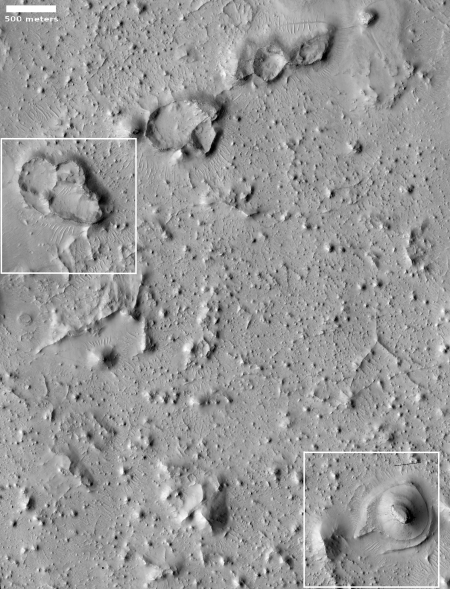4th Starship prototype passes tank pressure test
Capitlism in space: SpaceX’s fourth Starship prototype has successfully passed a tank pressure test, the first to do so, allowing engine testing to now begin.
In the end, SN4 passed the cryogenic proof test – hitting 4.9 bar. SpaceX CEO Elon Musk admitted in a tweet that this was “kind of a soft ball…” However, “that’s enough to fly,” he added. It is now expected to move on to engine testing within the coming days.
Currently, SpaceX has three flight-ready Raptor engines waiting for the opportunity to participate in the testing. One of these engines will be installed on SN4. A Raptor engine is not installed until after the cryogenic proof test, as that test uses hydraulic pistons to simulate the forces created by Raptors during flight.
After SpaceX performs the Raptor installation on SN4, teams will need to conduct checkouts of the engine on the vehicle. These will include gimbal, ignitor, and fuel pre-burner tests, among others. Only then will SpaceX be ready to attempt a static fire. April 29 was originally the target for a static fire test, but a one day delay with the cryogenic proof test means that the static fire is now likely targeting no earlier than April 30
All in all, the company’s target of doing a hop with this prototype this summer appears increasingly likely.
Capitlism in space: SpaceX’s fourth Starship prototype has successfully passed a tank pressure test, the first to do so, allowing engine testing to now begin.
In the end, SN4 passed the cryogenic proof test – hitting 4.9 bar. SpaceX CEO Elon Musk admitted in a tweet that this was “kind of a soft ball…” However, “that’s enough to fly,” he added. It is now expected to move on to engine testing within the coming days.
Currently, SpaceX has three flight-ready Raptor engines waiting for the opportunity to participate in the testing. One of these engines will be installed on SN4. A Raptor engine is not installed until after the cryogenic proof test, as that test uses hydraulic pistons to simulate the forces created by Raptors during flight.
After SpaceX performs the Raptor installation on SN4, teams will need to conduct checkouts of the engine on the vehicle. These will include gimbal, ignitor, and fuel pre-burner tests, among others. Only then will SpaceX be ready to attempt a static fire. April 29 was originally the target for a static fire test, but a one day delay with the cryogenic proof test means that the static fire is now likely targeting no earlier than April 30
All in all, the company’s target of doing a hop with this prototype this summer appears increasingly likely.



